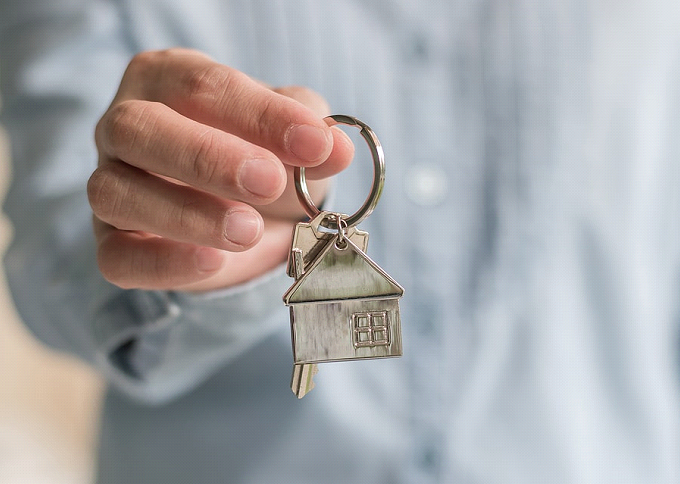Landlord & Tenant Maintenance Responsibilities: Who Does What?
Whether you’re a tenant residing in a rental property or a landlord renting out your commercial or residential space, you should be aware of landlord and tenant maintenance responsibilities that adhere to NZ legislation. Laying out each party’s obligations is crucial to ensure the property remains habitable and safe. Here’s what is expected from tenants and landlords so that both parties can go into this relationship with a clear understanding of who does what.
Regular maintenance
The landlord remains responsible for keeping the premises in a reasonable state of repair. This means that maintenance work before, during, and after the tenancy is the landlord’s responsibility. As a landlord, you must comply with all legislative building, health, and safety requirements, such as securing your property’s BWOF to ensure the safety of both parties. Keeping the property safe and in good living conditions also entails maintaining the property’s exterior, plumbing, electrical wiring, and security features.
Cleanliness of premises
While the landlord needs to provide a clean and tidy space at the beginning of the tenancy, the tenant is responsible for keeping the rental property clean and tidy. Keeping the property in a clean state is vital to ensure no permanent damage; the tenant will be liable for the said damage.
Lawns and gardens
If there’s a lawn or a garden at the property, both the tenant and landlord are responsible for keeping the grounds clean and tidy. To avoid misunderstandings and confusion when delegating maintenance tasks such as cutting the lawn or weeding gardens, both the tenant and landlord should detail their terms in the tenancy agreement.
Renovations and alterations
The tenant may make alterations and renovations to the property, if and only if they’ve obtained the landlord’s consent. Consent can be stipulated in a term of the tenancy agreement or can be made in a subsequent agreement between tenant and landlord.
Resolving or fixing damages
When there is damage on the property, the person responsible for fixing or resolving the issue is the one who caused it. If there’s intentional damage on behalf of a tenant or a guest of the tenant, the tenant will be responsible for repairing the damage or paying the cost associated with the replacement or repair. However, the tenant is not responsible for the wear and tear to the property. The fair wear and tear of any part of the rental property falls under the landlord’s repair responsibilities. Landlords will need to resolve any damage caused by normal wear and tear or any damage caused by natural disasters and burglaries.
Urgent repairs
Urgent repairs are classified as such when the damage or disrepair will likely cause injury to people or the property. For example, a tree collapsing on a house during a storm is classified as an urgent repair. The rule of thumb is that a tenant must inform the landlord of the urgent repair. Tenants can go ahead and have the maintenance work done and ask the landlord to pay for the costs afterwards.
Maintaining a cordial landlord-tenant relationship
Maintenance and repair issues are best resolved through transparency and positive communication. While this is true, the landlord and tenant relationship are also grounded in contract and property law. In particular, the Tenancies Act of 1986 provides clear guidance on tenant and landlord obligations and rights.
With Datatask, we can help you comply with building regulations to ensure compliance and improve the chances of a lasting landlord-tenant relationship where everybody is safe and happy. We are experts in residential property management, property maintenance, and the building warrant of fitness process. To discuss your requirements, get in touch with us today!
HYPERLINKS
BWOF https://www.datatask.nz/
property management https://www.datatask.nz/contact/
